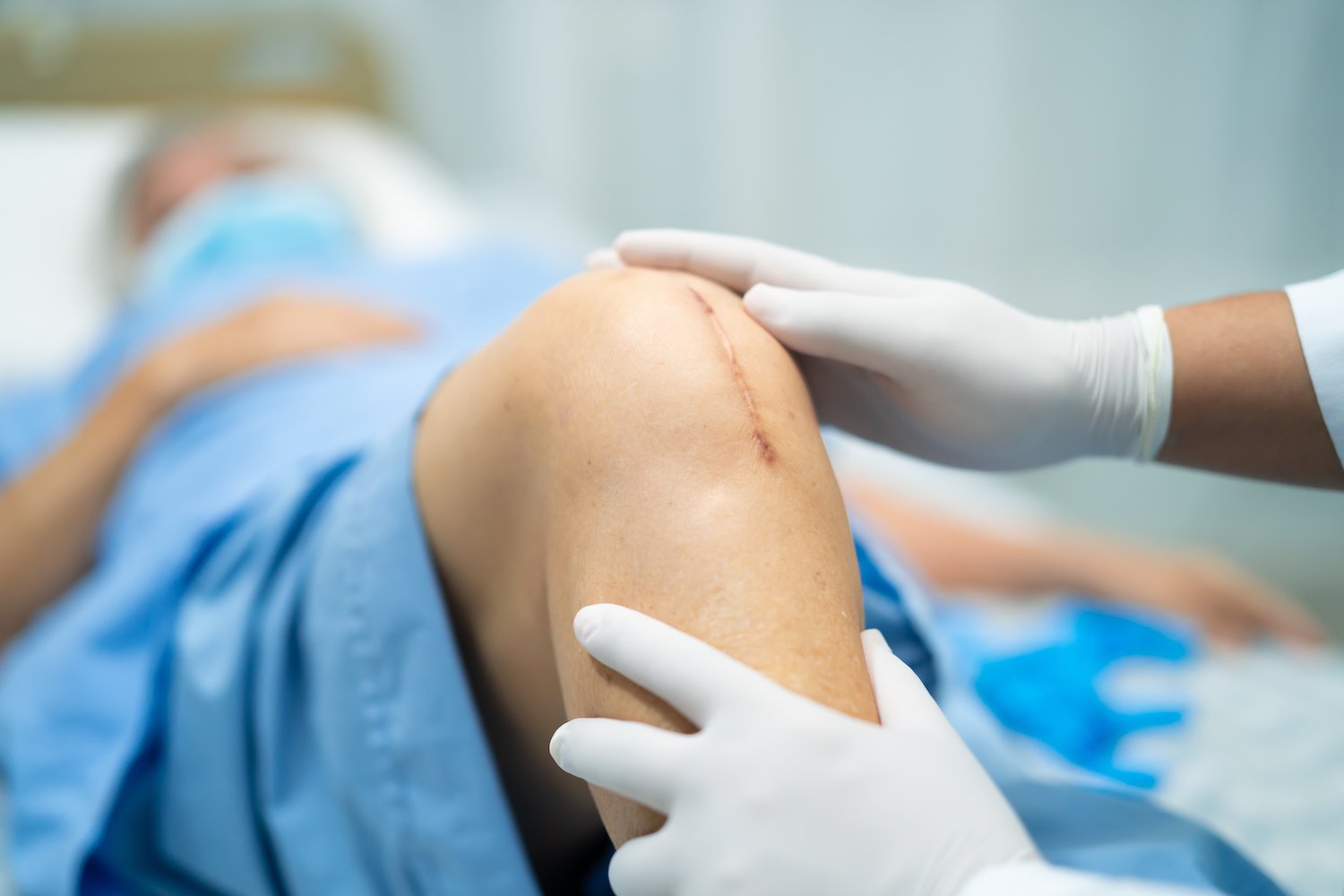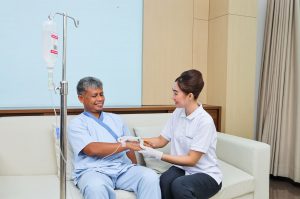Stitches are used by doctor to suture a wound on the skin or other tissue. When the doctor stitches, he/she uses a sterile needle and thread to close the wound. There are many types of sutures and materials that can be used. Of course, the type of tissue and wound condition matters in the choice of materials.
There are various types of sutures based on the materials such as absorbable and non-absorbable. The absorbable suture does not need to be removed later because it is naturally processed by the tissue’s enzymes and will be a part of the skin and tissue. However, for non-absorbable sutures, it will need to be removed after a certain period. The period for suture removal depends on the location of the wound itself.
According to the American Family Physician, the guide for suture removal according to the wound location are as follows:
- Scalp: 7-10 days
- Face: 3-5 days
- Chest or back: 10-14 days
- Arm: 7-10 days
- Leg: 10-14 days
- Palm or sole: 14-21 days
Here are some important points on caring for sutures:
- Keep the wound area in dry and clean condition for the first 24-48 hours.
- The wound area then can be cleaned 1-2 times a day with clean water and soap. Clean as close as possible to the wound but don’t rub directly in the wound.
- Press gently around the wound with clean tissue.
- If there is bandage over the wound, change into clean ones daily and administer local antibiotic as instructed.
Important tips:
- Avoid re-opening of wound by resting the affected area.
- Make sure the hands are always clean while tending the wound.
- If the wound is on the head, washing the hair gently is permitted but do not use too much water.
- Contact the medical team if there is any question.
- Pain medications such as paracetamol can be taken with the doctor’s instruction.
Immediately call the doctor if:
- There is redness, pain, yellow pus around the wound.
- There is bleeding at the wound location and does not stop after 10 minutes of direct pressure.
- The location feels tingly or numb.
- There is fever.
- Pain in the wound location which does not cease with taking pain medications.
- The wound has re-opened.
- The stitches come off.
Proper caring for sutures can avoid infection and support optimum healing process. The scar will be minimal and looks more esthetic.



